Content |
|---|
History
Sometimes nicknamed “Toller“, the Nova Scotia Duck Tolling Retriever is originally from the Little River area of ​​Nova Scotia, a province on the Atlantic coast of Canada. For a long time he was known as “Little River Duck Dog” before adopting its current name in 1945.
Although its exact origins remain uncertain, it is well established that it was developed both to bring the aquatic game and to lure it to the hunter's shore in advance. The Micmacs (Mi’kmaq), First Nations people of Eastern Canada, were the first to instill this technique in their dogs. The idea came from observing how red foxes attract waterfowl to shore by splashing water to excite their curiosity, before attacking them once they have approached.
Regarding the idea of ​​training dogs to recover waterfowl, spread rapidly in the 19th century. It was then that breeders based in England, The United States and Canada developed various breeds of Retrievers, almost all of which are named after their place of origin (Labrador Retriever, Chesapeake Bay Retriever, etc.). This is also what Canadian breeders in the Little River area did, more specifically from Yarmouth County, with the exception that they aspired to create a dog capable of attracting game, drawing inspiration from the knowledge of the Micmacs. To achieve your goal, crossed the dogs used by the Micmacs with others Retrievers (as the Golden Retriever), as well as with him English Springer Spaniel, the Irish Setter and some Collies used by farmers in the region. The result of his work was called the Little River Duck Hunting Dog.
The fact that this place was quite remote is probably largely due to, for more than a century, only known in his native region. In 1945, the Canadian Kennel Club (CKC) officially recognized the breed and renamed it Nova Scotia Duck Tolling Retriever. This recognition took her out of anonymity.
Over the years 60, the Toller began to be used more in the United States, although its popularity remained limited. Was not up 1984 when a breed club was created in the country, and up 1987 when it was officially recognized by the United Kennel Club (UKC). Regarding the other reference organization in the country, the American Kennel Club (AKC), did the same only 16 years later, in 2003.
It also spread across Europe, especially after its recognition for the Fédération Cynologique Internationale (FCI) in 1981.
In England, made its appearance mainly through hunting clubs and dog competitions, like the ring and agility. He was recognized by the Kennel Club (KC) in 1988.
Both in Canada and in the rest of the world, the breed is known primarily to fans of waterfowl hunting. Its use as a family dog is gaining popularity in many countries., but it is still far from being one of the most popular breeds.
In United States, for example, the race occupies around the post 80 (of something less than 200) in the AKC breed classification based on the number of annual AKC registrations, having uploaded some 20 put in 2010.
The rise has been even steeper in France, where, However, started from a lower base. In effect, while the number of registrations in the Livre des Origines Français (LOF) I was not in my twenties before 2010, multiplied by more than five over the next decade, until exceeding one hundred at the end of the latter.
On the other hand, en el Reino Unido, the appeal of Nova Scotia Duck Tolling Retriever has been generally stable over the same period: despite occasional spikes in some years, the Kennel Club registers around 200 births per year.
Physical characteristics
The Nova Scotia Duck Tolling Retriever, is a dog from medium-sized, powerful, compact structure, muscular and well-proportioned body.
One of its many characteristics to highlight is its extreme agility, determination and Security their movements.
It is from the section of the Retrievers, the smallest of all, the males measuring of 48 to 51 cm. and females of 45 to 48 cm..
Their eyes are size medium, almond-shaped and mostly range from amber to brown in color. Its expression is friendly, lively and with some mischief.
The ears they are medium-sized and form triangular. Its tail, wide at the base and thinner towards the tip is populated with generous fringes.
Its the mantle of double layer and waterproof, the layer external the way a soft hair with medium length, and internal layer, It is composed of a dense and even softer hair.
The color the layer can be of several all within the range of the Orange. They may have white markings at the tip of the tail, the feet, the breast and chest.
It is currently used mostly for waterfowl hunting, When you separate charge, acts as a lure, attracting the birds' attention with its movements and jumps.
Height and weight
-
▷ Male size: of 48 to 51 cm.
▷ female size: Of 45 to 48 cm.
▷ Male weight: Of 20 to 23 kg
▷ female weight: Of 17 to 20 kg
Character and skills
The Nova Scotia Duck Tolling Retriever He is intelligent and independent, with sense of humor, curiosity and ability to play. But, needs a firm master who provides a framework with clear boundaries, or else you can become the master of your own mind and become the master of the house.
In particular, it is an ideal dog with children, since it shows an energy at least equal to theirs and does not stop bringing what they send for. But, It's important to put attention on, regardless of race, a dog should never be left alone with a young child without adult supervision.
He usually gets along well with his peers - especially those of his own race- and is usually happy in his company. Living with other pets, on the other hand, it's much more chaotic. His strong hunting instinct leads him to consider cats and other small domestic animals as prey, and therefore to chase them. Fencing the garden is strongly recommended to prevent it from chasing other animals. It is useless to hope that an underground electric fence can stop it., since the discomfort he feels is no match for his hunting instinct. The latter also clearly explains why it is preferable to keep him on a leash when out in public.
In any case, can be counted on to report anything that seems abnormal. Constantly on the prowl, will not stop warning as soon as someone approaches the house. Next, he usually copies his answer to his master's, and does not hesitate to defend it if necessary. On the other hand, if you see that the newcomer is welcome, does the same, maintaining the natural reserve that it has towards strangers.
The Toller is not recommended for apartment living, if only because it can be relatively noisy. Does not bark excessively, but when he gets excited (either by certain noises, from the sight of small animals or from the game), emits an almost shrill bark, which some breeders and owners describe as hard to bear. Of course, this problem is less pronounced if the apartment is rather quiet. In any case, adjusting to apartment living depends on being provided with a sufficient amount of exercise, that is to say, at least an hour a day.
This is especially true during their first year of life., during which he is extremely active and playful. It is then necessary to provide a large number of stimuli and activities, but at the same time you have to know how to moderate your ardor. In effect, while in full development and has not fully developed its muscles (what happens around one year of age), remains especially fragile. So, you need to increase the duration and intensity of exercise very gradually throughout your growth period, at the risk of causing injuries or even malformations that would penalize him for the rest of his life.
After his first birthday, the Nova Scotia Duck Tolling Retriever becomes much less hyperactive. Conserve a large amount of energy, but you can settle for a good hour of daily activity to keep your feet on the ground. But, there is something else: it is an ideal dog for a sports master, who wants to take his partner for long walks, for example. Able to easily adapt to different environments, it is a very good traveling companion.
During their pilgrimages, always willing to take a dip if the opportunity presents itself: having been developed to hunt in aquatic environments, swimming is one of his favorite activities, even in murky water. Not necessarily an ideal choice for a master who wants a perfectly clean companion and a flawless interior., as it gives you smart pleasure to play in the mud and roll in the dust.
Created to help humans during their hunting sessions, the Nova Scotia Duck Tolling Retriever seeks the company of his family and needs mental stimulation. He likes nothing more than keeping busy and feeling useful.. Otherwise, they are likely to get bored and start digging, chew on things or bark incessantly.
The average life expectancy is of some 12-14 years.
Observations
It is a race very rare in Europe, However in North America it is quite popular and is widespread.
Education
Because they are constantly trying to please their owners, the Nova Scotia Duck Tolling Retriever they are quite easy to train. This is especially true because he likes to be mentally stimulated and useful., so he is always ready to learn new orders.
But, as he has a relatively strong temperament, it is best to avoid trying to train him under pressure or duress, as he finds it hard to bear and may even refuse to cooperate. On the other hand, dog training techniques based on positive reinforcement, employed by a quiet master, patient and persistent, are exactly what you need. As long as you are motivated and find an interest in what you do, he is a very good student.
It may take some subtlety to establish authority and respect for your dog without rushing him, but this is necessary to develop your trust in your master and for both of you to have fun together during training sessions. Consistency is also important: if the rules are not clear or consistent over time or among household members, most likely he will decide for himself what to expect.
Puppy socialization is important to all breeds, but it is even more important for the Toller, who can be especially reserved with strangers. Thus, it is important to let you meet all kinds of people, other animals and situations from an early age, to prevent him from becoming a shy adult.
One of the easiest things to do in raising a Nova Scotia Duck Tolling Retriever is to teach you to bring things home to order, because he is a born dog. This can be checked if it is used for hunting: requires few stimuli and quickly integrates behaviors such as baiting or game recovery, that are quite natural for him.
Imitation learning can be an important part of your education, since he is very attentive and learns a lot through observation. Clicker training is also especially effective with it, as it is more stimulating for him to learn to perform tasks in response to a visual or auditory cue, like the sound of a whistle or clicker, that by repetition. It also, hates repeating the same exercise over and over again: to ensure your full cooperation, it is better to diversify the training sessions.
Also performs very well in shows and obedience, as well as in agility competitions. Teaching him these dog sports and practicing them with him are excellent levers to use in his education.: keeps you busy and stimulates you both mentally and physically.
Translation done with the free version of the translator www.DeepL.com/Translator
Health
The Nova Scotia Duck Tolling Retriever is generally a healthy dog.
But, the relatively small gene pool on which it is based has led to the emergence of inbreeding-related diseases in the breed's population.
The main risks to which you are exposed are the following:
- the Hip Dysplasia, which may be favored by a hereditary predisposition. Is a source of pain, lameness and then osteoarthritis. The set reduces the mobility of the animal;
- The patella dislocation, an orthopedic condition that, according to its severity, may be asymptomatic and cause simple discomfort or total loss of knee mobility. In the most serious cases, corrective surgery is required;
- Progressive retinal atrophy, an inherited disease that first affects night vision, then to the daytime and, finally, leads to total blindness of the dog;
- Collie eye abnormality, an inherited disease that may or may not be progressive. when it is so, can end up causing blindness of the dog;
- The Addison's disease (hipocorticism), an endocrine disorder that develops more often in women between the ages of four and six. Produces general weakness, anorexia, vomiting, diarrhea and weight loss;
- The Hypothyroidism, which is the result of an alteration of the thyroid gland and causes lethargy, weight loss and hair loss, as well as great fatigue;
- The deafness, that usually appears around the 7 u 8 years in affected individuals. Some bloodlines seem to be more prone to it than others.
It also, due to the folded shape of his ears, are more prone to infections at this level, like otitis.
Adopt from a breeder Nova Scotia Duck Tolling Retriever professional and reputable offers guarantees for a number of possible genetic diseases, thanks to the tests that have had to be carried out on the parents or the puppy. The breeder should also be able to provide details of the vaccinations the puppy has received, as recorded in your health or vaccination record, as well as a certificate from a veterinarian attesting to the good health of the puppy.
Of course, this does not exempt you from doing everything possible to keep you healthy throughout your life. In this issue, prevention plays an important role, just like in humans: it is important to make sure they are examined by a vet at least once a year. This routine check-up can allow, in particular, detect a possible health problem at an early stage, but also make sure you don't miss one of your shots.
Life expectancy
Of 12 to 14 years
Grooming
The Nova Scotia Duck Tolling Retriever it is an easy-care dog.
A weekly brushing is usually enough to keep their coat shiny and tangle-free.. The exception is during the spring and fall shedding periods., when daily brushing is recommended to remove the numerous dead hairs.
How sometimes he likes to play in the mud and get dirty, regular bathing may be necessary, especially to avoid the accumulation of dirt in the coat. How you like water, not usually recalcitrant. But, be sure to use a shampoo specially designed for dogs, as it can damage your skin.
Take advantage of your dog's weekly coat maintenance session to check the condition of his eyes and clean them.
Looking at your ears, require special vigilance, since its folded shape implies an increased risk of infection. They should also be carefully examined and cleaned weekly.. It also, It is recommended to dry them after swimming to prevent moisture from settling, as it facilitates the development of bacteria.
You should also brush your teeth at least once a week. Otherwise, as with any dog, plaque build-up will eventually lead to tartar build-up, which can cause bad breath and other ailments. Even more frequent brushing is recommended, ideally every day. In any case, it is essential to use a toothpaste specially designed for dogs.
Looking at its claws, natural wear and tear is usually enough to file them. But, You must periodically check that this is the case.. If that is not the case, must be manually trimmed with a dog nail clipper, as otherwise there is a risk that they will become a nuisance or break.
The different gestures to maintain the coat, the eyes, the ears, your dog's teeth or claws aren't necessarily natural, especially for a beginner owner. But, it is not only essential to do them, but also to do them without risk of injuring or even harming the animal. So, it may be wise to learn them from a vet or groomer the first time, to make sure you know how to do them correctly after. By the way, the sooner you get used to your dog, the less likely you are to feel uncomfortable or even recalcitrant during these operations.
It is also essential to ensure that you exercise on uneven and rather abrasive surfaces: this keeps your pads in good condition and prevents them from becoming too soft, since then they would accumulate dirt more easily and be more prone to lacerations.
Use
The Nova Scotia Duck Tolling Retriever It is mainly used as a hunting dog for waterfowl, which is capable not only of recovering, but also to attract the hunter. English name Nova Scotia Duck Tolling Retriever reflects this particularity, Since the word “tolling” comes from the verb “tollen“, that means “Attract”.
To attract waterfowl, plays on the edge of the pond and makes splashes that sound a bit like a duck flapping its wings on the surface of the water. curious by nature, waterfowl come to shore to see what happens. When they are close enough, the great retreats behind the hunter's shed, and it rises to chase away the game and make it fly: just shoot your prey. Next, the dog re-enters the scene, this time to search and retrieve the downed game. This ingenious technique requires a lot of control, obedience and complicity, and it is precisely by emphasizing these traits that the race was created and developed.
In addition to his quite unique hunting skills, the Toller also excels in a large number of canine sports disciplines, like the ring, el agility, obedience, the flyball and even the canine frisbee (discdog).
It is also a good family dog, who gets along especially well with children and loves to do all kinds of activities with his master.
Quite suspicious of strangers and always attentive, is always alert barking when a stranger approaches the house, although not the most dissuasive or aggressive of guard dogs, far from it.
Last, as long as, of course, receive specific training, They can also be part of the very selective group of maritime rescue dogs..
Characteristics "Nova Scotia Duck Tolling Retriever"
Coexistence is important that you have with your new friend. Before considering the acquisition of a dog of the breed "Nova Scotia Duck Tolling Retriever" you know certain factors. Not all breeds of dogs are apt to live in an apartment, you must take into account his character, their need for exercise, their interaction with other pets, their care and if you have small children, their level of tolerance towards them.
Adaptation ⓘ3.0 out of 5 stars (based on 1 review)
|
friendly dog ⓘ5.0 out of 5 stars (based on 1 review)
|
hair loss ⓘ3.0 out of 5 stars (based on 1 review)
|
|---|---|---|
Affection level ⓘ5.0 out of 5 stars (based on 1 review)
|
Need for exercise ⓘ5.0 out of 5 stars (based on 1 review)
|
Social need ⓘ4.0 out of 5 stars (based on 1 review)
|
Home ⓘ3.0 out of 5 stars (based on 1 review)
|
Toilet ⓘ2.0 out of 5 stars (based on 1 review)
|
Friendly with strangers ⓘ3.0 out of 5 stars (based on 1 review)
|
barking ⓘ2.0 out of 5 stars (based on 1 review)
|
Health ⓘ4.0 out of 5 stars (based on 1 review)
|
Territorial ⓘ3.0 out of 5 stars (based on 1 review)
|
Cat friendly ⓘ3.0 out of 5 stars (based on 1 review)
|
Intelligence ⓘ4.0 out of 5 stars (based on 1 review)
|
Versatility ⓘ3.0 out of 5 stars (based on 1 review)
|
Child friendly ⓘ5.0 out of 5 stars (based on 1 review)
|
Surveillance ⓘ2.0 out of 5 stars (based on 1 review)
|
joy ⓘ5.0 out of 5 stars (based on 1 review)
|
Images “Nova Scotia Duck Tolling Retriever”
Videos “Nova Scotia Duck Tolling Retriever”
- – FCI – Group 8: Retrievers - Flushing Dogs - Water Dogs – Section 1: Retrievers ⓘ
- – AKC – Sporting ⓘ
- – ANKC – Group 3 (Gundogs) ⓘ
- – CKC – Sporting Dogs ⓘ
- – KC – Gundog ⓘ
- – NZKC – Gundog ⓘ
- – UKC – Gun Dogs ⓘ
FCI breed standard "Nova Scotia Duck Tolling Retriever"
Alternative names:
1. Yarmouth Toller, Tolling Retriever, Little Red Duck Dog, Little River Duck Dog, Toller, Duck Toller (English).
2. Nova Scotia, (Nova Scotia Duck Tolling Retriever en anglais) (French).
3. Nova Scotia Retriever, Toller (German).
4. (em inglês: Nova Scotia duck tolling retriever) (Portuguese).
5. en inglés: Nova Scotia Duck Tolling Retriever, Toller, Novie, Retriever (español).
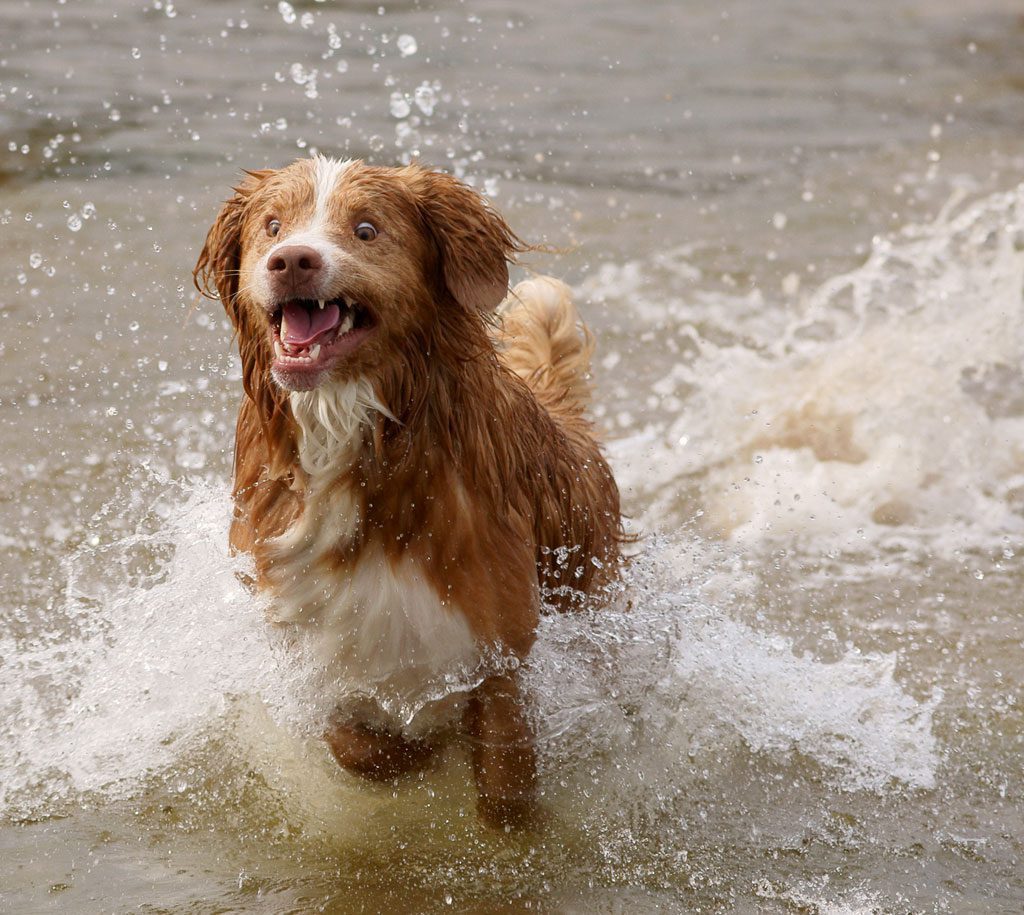
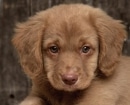
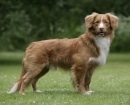
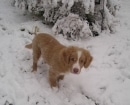
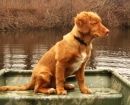
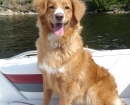
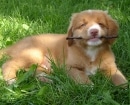
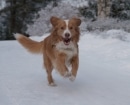
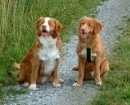
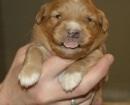
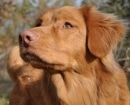
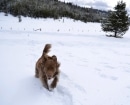
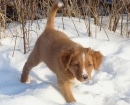
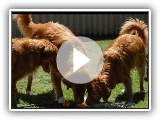 What I love about Tollers……
What I love about Tollers……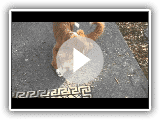 Tabby versus Nova Scotia Duck Tolling Retriever (Whiskers and Moxie)
Tabby versus Nova Scotia Duck Tolling Retriever (Whiskers and Moxie)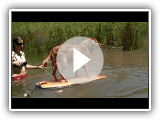 Moses Balances on a Body Board in the Quarry, Upper Ferntree Gully
Moses Balances on a Body Board in the Quarry, Upper Ferntree Gully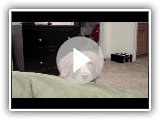 Bored Toller
Bored Toller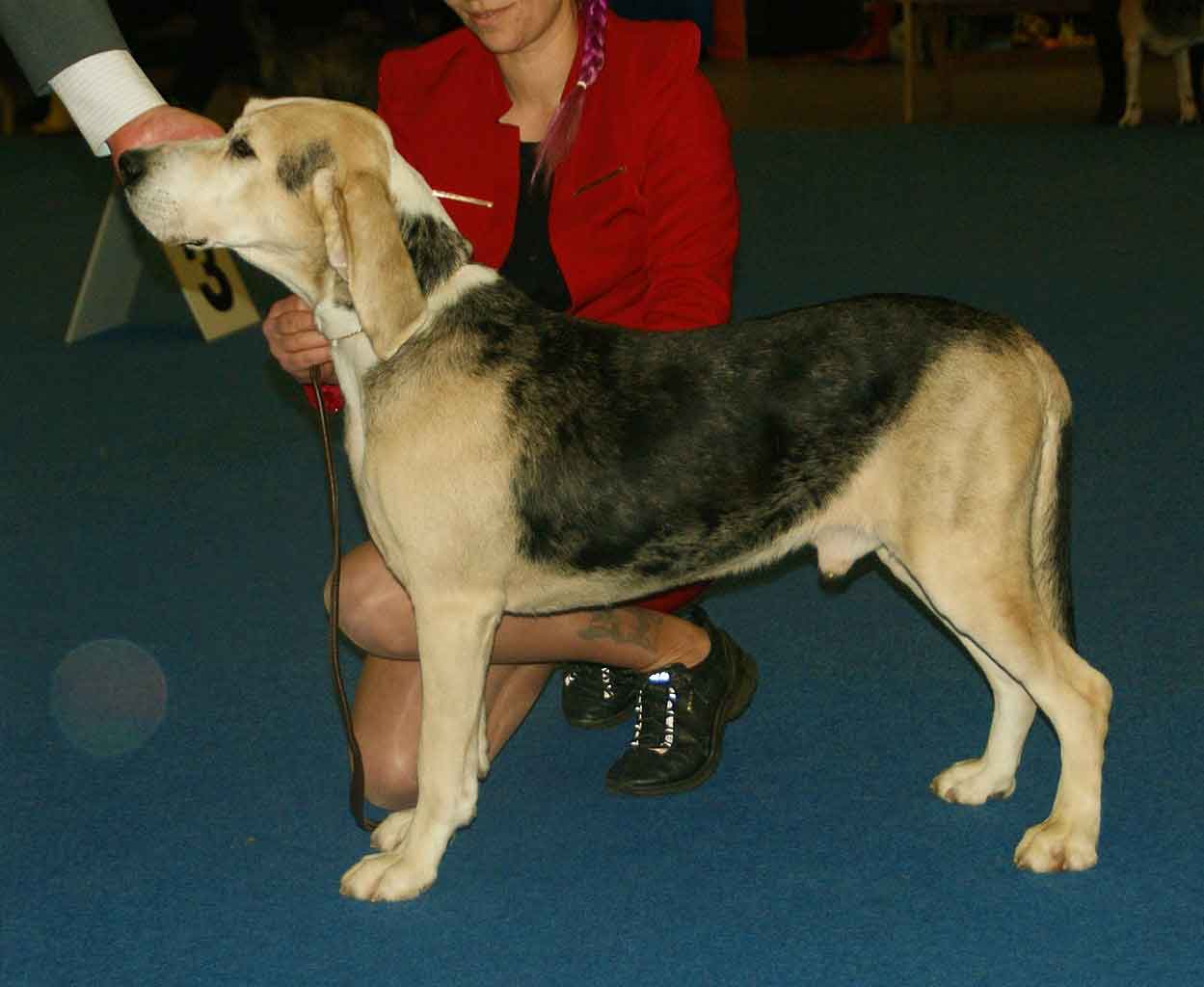
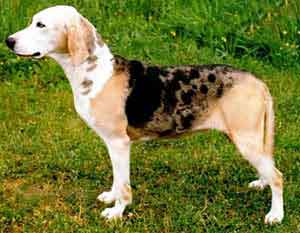
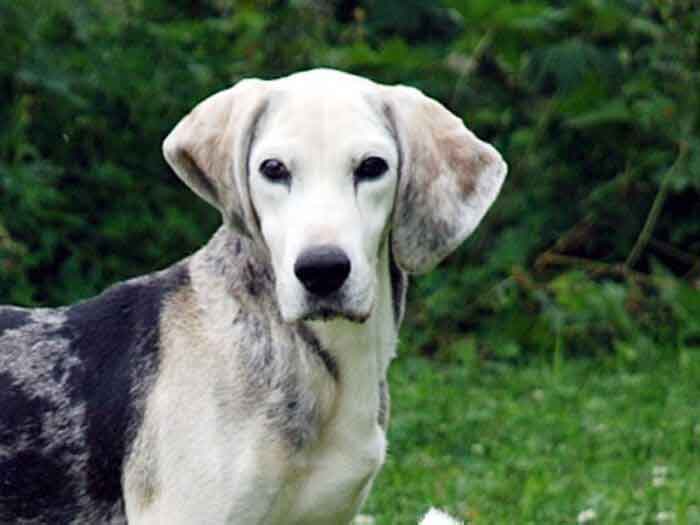

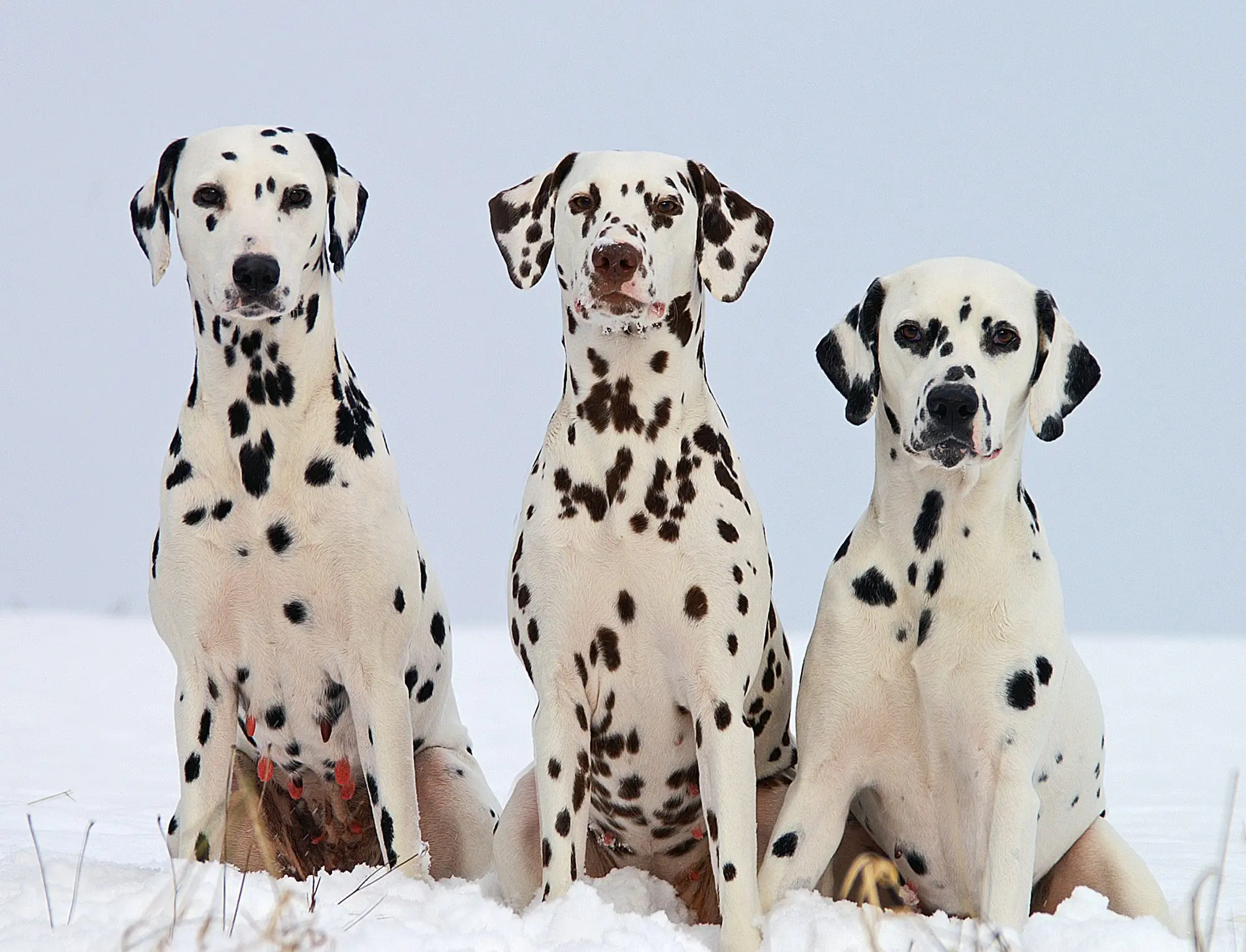

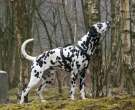
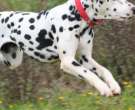
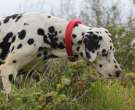
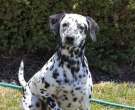
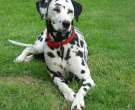
 DÁLMATA the dog – Characteristics and curiosities
DÁLMATA the dog – Characteristics and curiosities All About the DALMATIAN – Traits and Training!
All About the DALMATIAN – Traits and Training! Dalmatian Dogs Compilation – Funny Dog Videos 2019
Dalmatian Dogs Compilation – Funny Dog Videos 2019 Dalmatian. Breed of dog
Dalmatian. Breed of dog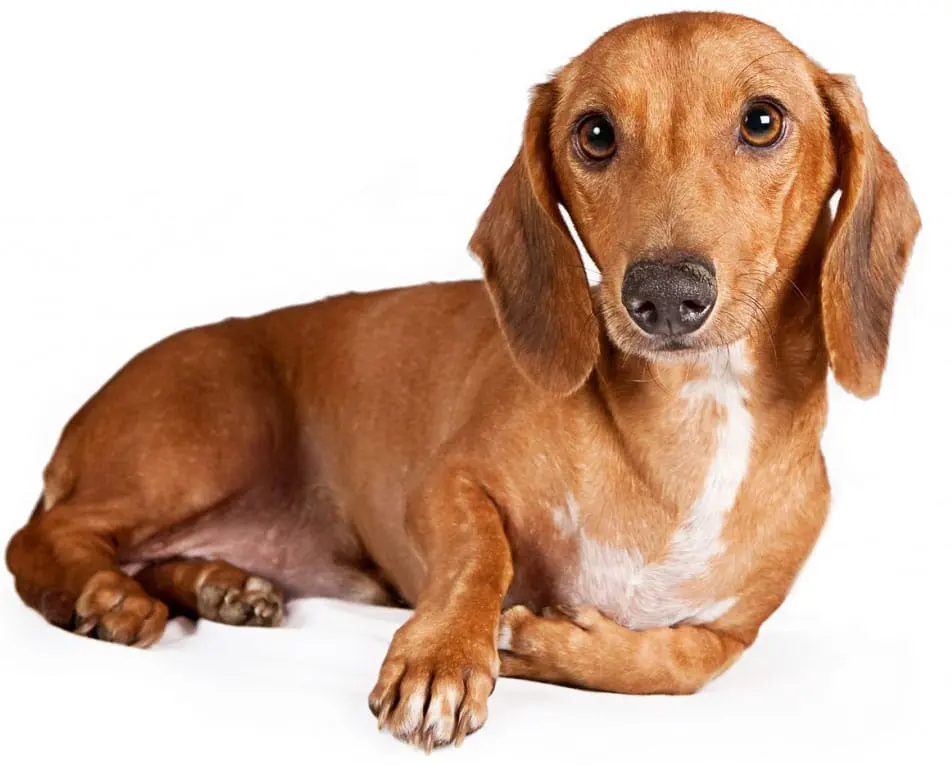
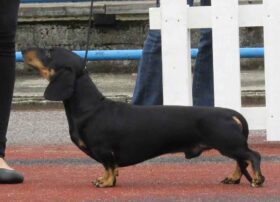
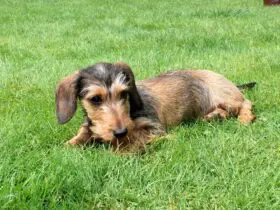
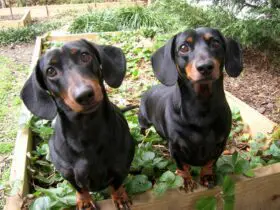
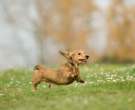
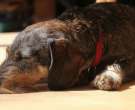
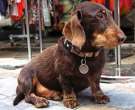
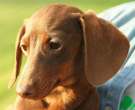
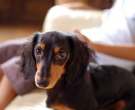
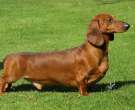
 Sausage dog
Sausage dog DACHSHUND o TECKEL – The DACHSHUND!
DACHSHUND o TECKEL – The DACHSHUND! PUPPY MORNING ROUTINE MINIATURE DACHSHUND PUPPY!
PUPPY MORNING ROUTINE MINIATURE DACHSHUND PUPPY! Dachshund puppies 4 – 8 weeks old, compilation.
Dachshund puppies 4 – 8 weeks old, compilation.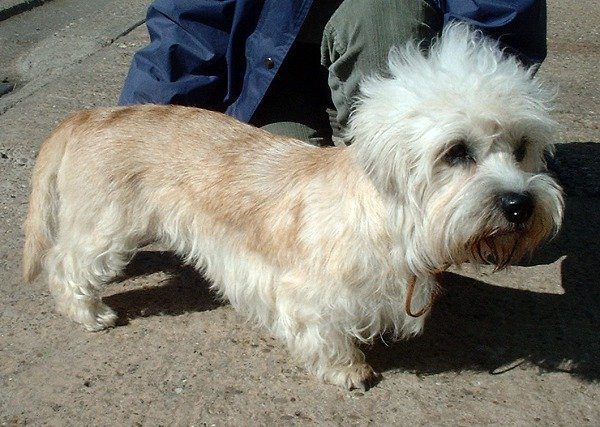
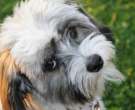
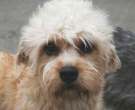
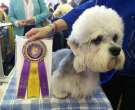
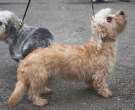
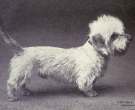
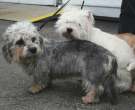
 Dandie Dinmont Terrier / Breed of dog
Dandie Dinmont Terrier / Breed of dog Dandie Dinmont Terriers – Bests of Breed
Dandie Dinmont Terriers – Bests of Breed Dogs 101- Dandie Dinmont Terrier
Dogs 101- Dandie Dinmont Terrier Dandie Dinmont Terriers | Breed Judging 2020
Dandie Dinmont Terriers | Breed Judging 2020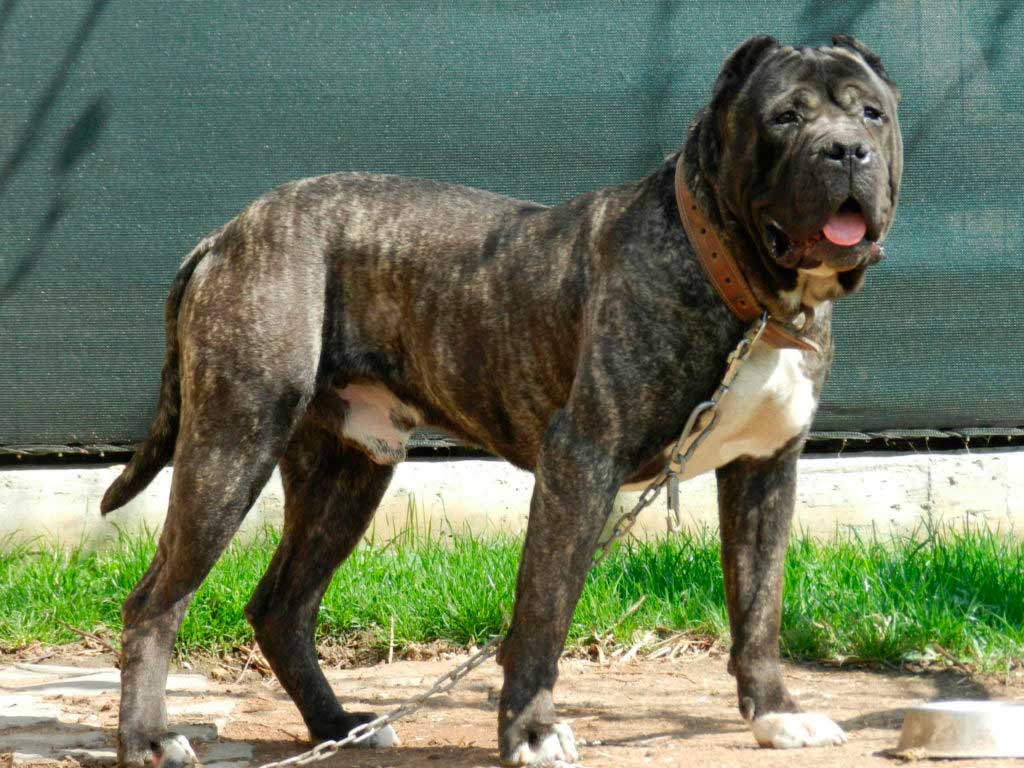
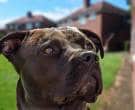
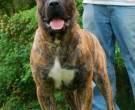
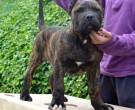

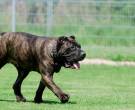
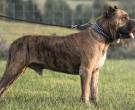
 The most terrifying dog history forbidden – PRESA CANARIO
The most terrifying dog history forbidden – PRESA CANARIO Presa Canario â Amazing and Strong Guardian â
Presa Canario â Amazing and Strong Guardian â CANÃRIO TAKEN
CANÃRIO TAKEN Presa Canario Zeus by Ironbull
Presa Canario Zeus by Ironbull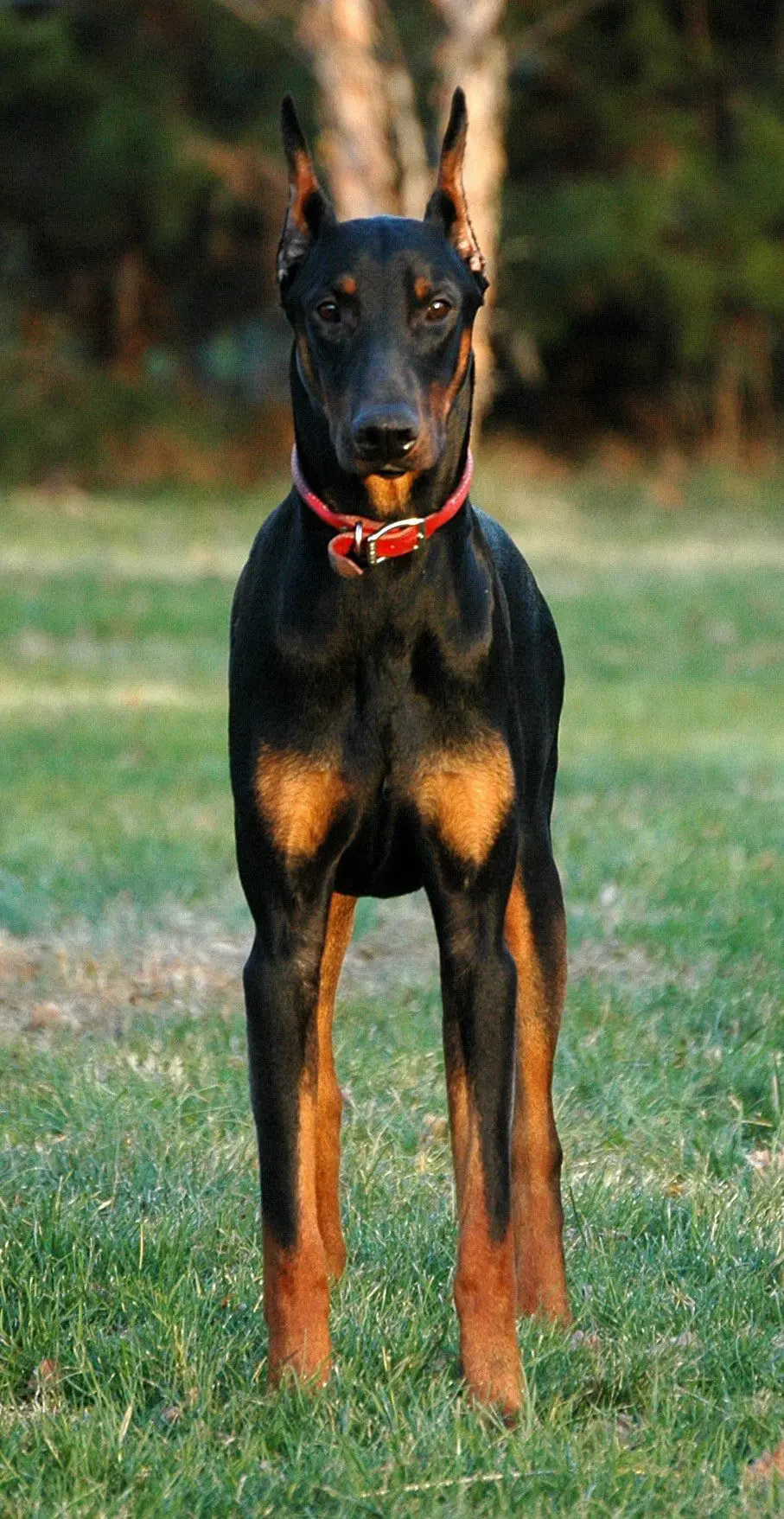
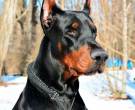
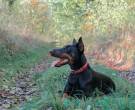
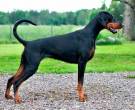
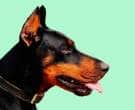
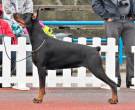
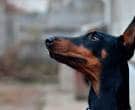
 8 Things you didn't know about the DOBERMANN PINSCHER | Anime&Tops
8 Things you didn't know about the DOBERMANN PINSCHER | Anime&Tops Basic training Dobermann class 1
Basic training Dobermann class 1 Do You Want a DOBERMAN? Check This!!
Do You Want a DOBERMAN? Check This!! BEST OF DOBERMAN | THE SUPER INTELLIGENT DOG
BEST OF DOBERMAN | THE SUPER INTELLIGENT DOG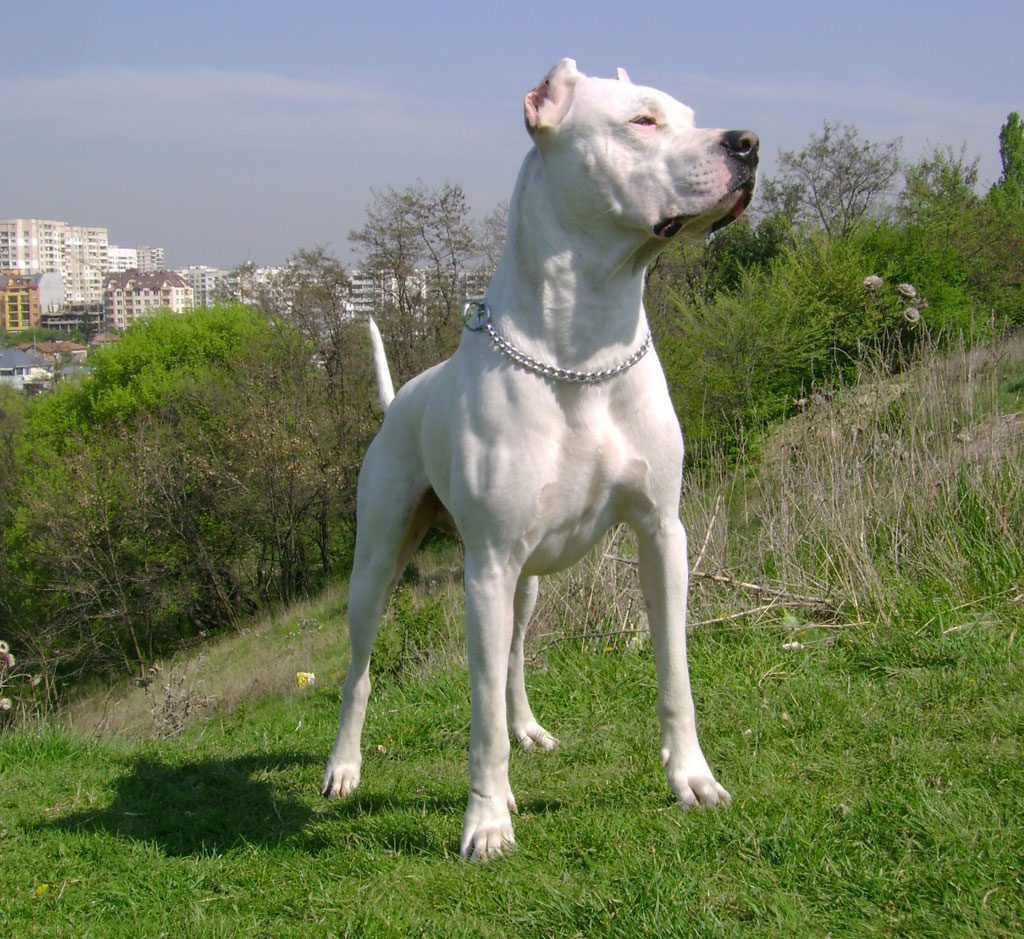
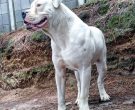
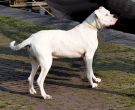
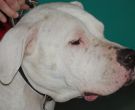



 Dogo Argentino – Characteristics and training
Dogo Argentino – Characteristics and training The Dogo Argentino dog
The Dogo Argentino dog Dogo Argentino Best Moments 2019
Dogo Argentino Best Moments 2019 Dogo Argentino playing
Dogo Argentino playing